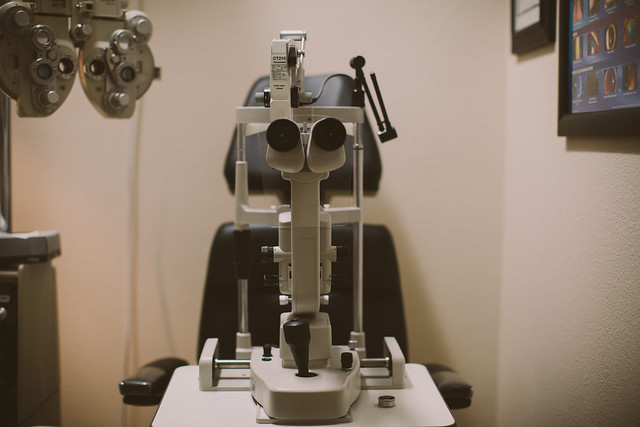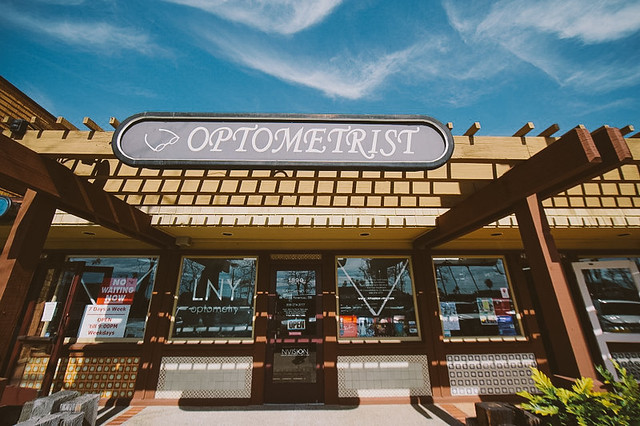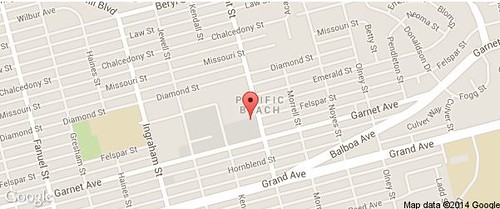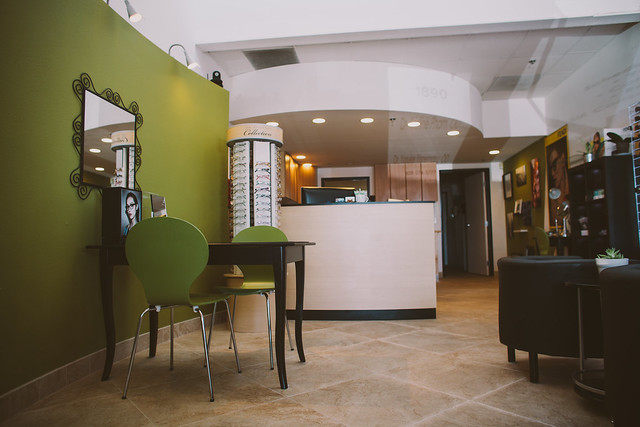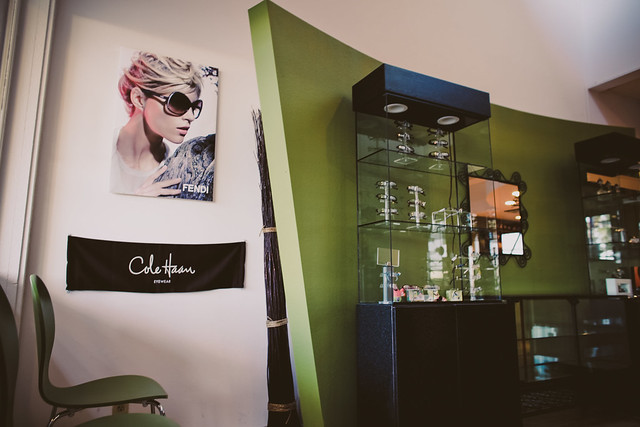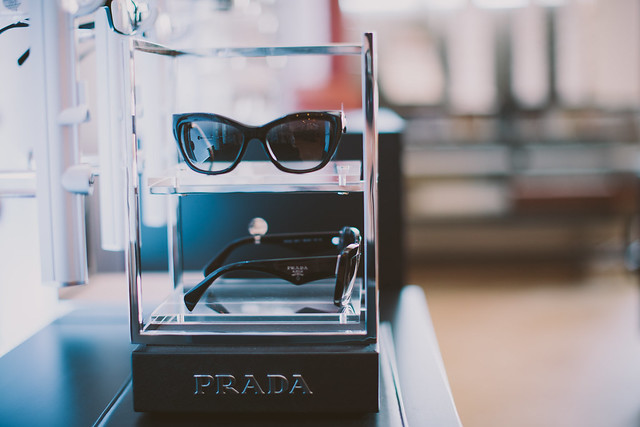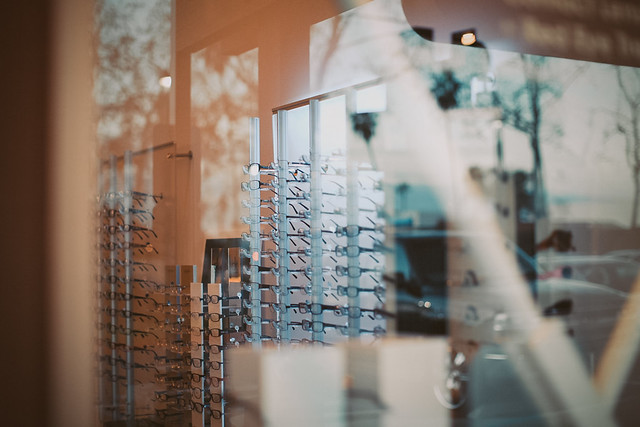Many eye care practitioners and consumers prefer disposable contacts for their health and convenience benefits.
What Are Disposable Contact Lenses?
You need to understand the terminology:
Disposable lenses = replaced every two weeks, or sooner
Frequent replacement lenses = replaced monthly or quarterly
Traditional (reusable) lenses = replaced every six months or longer
The term "disposable" often refers to both disposable and frequent replacement lenses.
Replacement Schedule vs. Wearing Schedule
A common source of confusion about contact lenses involves replacement and removal intervals:
Replacement schedule refers to how often your lenses are discarded and replaced — that is, whether they are disposable, frequent replacement or reusable.
Wearing schedule refers to how long you wear your contacts before removing them. Daily wear means you wear contacts only during the day and remove them each night. Extended wear means you wear them continually for two or more days, including during sleep.
Disposable contacts can be prescribed either for daily wear or extended wear, depending on your eye physiology and needs.
Why Throw Out Lenses at All?
The more frequently you replace your contact lenses, the healthier and more comfortable your eyes can be.
Protein, calcium, lipids and other substances found naturally in your tears can build up on your lenses. These deposits make your contacts less comfortable than when they were new, and can also make your eyes more prone to infection.
Of course, lenses can be cleaned, but cleaning is not 100 percent effective. Some deposits will remain and increase over time.
Daily Disposables: The Ultimate in
Convenience and Health
There are two ways to avoid just about all contact lens care. One is to wear extended wear lenses continuously for several days, and then discard them when you remove them. Unfortunately, overnight wear of contact lenses is not a good idea for everyone, and wearing contact lenses during sleep may increase your risk of eye problems.
The other alternative is daily disposables, also called one-day disposables: contacts that you discard every night and replace in the morning with new ones.
Many eye care professionals and contact lens wearers feel that daily disposable contacts offer the best of both worlds: They are convenient because no lens cleaning is required and they are healthy because there is no day-to-day accumulation of lens deposits. Also, because these lenses are not worn overnight, you potentially have less risk of contact lens-related eye problems.
Are you following your eye doctor's cleaning instructions? If not, you might be better off with daily disposables.How Different Are Disposables from Regular Lenses?
Even before the advent of disposable lenses, it was well known that frequent lens replacement was a healthy thing to do. Problem was, contacts were too expensive to discard very often — so various cleaning solutions and devices were used to prolong the life of the lens.
Then contact lens manufacturers developed new manufacturing methods to produce high-quality lenses in greater volume, at lower cost. These advances led to lower lens prices, making it affordable to replace lenses more often. Some of today's disposable lenses are made of the same materials as traditional lenses; other disposables are made from new materials developed especially for disposability.
How Much Do Disposable Contacts Cost?
The cost of being fitted with contact lenses varies widely, depending on where you live, the eye care practitioner you choose, and how complicated your prescription is. The incremental cost of choosing disposable contacts over traditional contact lenses is slight, and is somewhat offset by the reduced need for cleaning products.
Even daily disposable lenses are more affordable than many people expect. For about $1 per day, you can wear daily disposables. Also, with daily disposables you'll eliminate the cost of lens cleaning products.
Can I Wear Disposables?
Yes, you probably can. An eye care practitioner can tell you for sure. The key is whether your particular prescription is available as a disposable lens. Today there is quite a selection of disposable and frequent replacement contacts, including colored contacts that change your eye color, others that correct for astigmatism, and bifocal disposable contacts.
If your prescription is less common, you might not be able to get disposable lenses, but frequent replacement lenses might be available to you. For an unusual prescription or specialty product, you may need to wear traditional lenses. Your eye care practitioner can offer you advice on this. The good news: If you wear traditional lenses, contact lens care is easier than ever before.
Which Replacement Schedule Is Right for Me?
This has more to do with your eyes than with the lenses themselves.
Sure, certain lenses are made to be replaced at certain intervals. But your frequency of replacement depends more on how your eyes behave while wearing lenses.
Some people's eyes produce more protein and lipids than others, and their lenses may need to be replaced more often. And if you have allergies, you might find that your lenses need to be replaced often, especially during peak allergy seasons.
A thorough evaluation by an eye care professional can help determine the best wearing schedule and replacement schedule for you.

